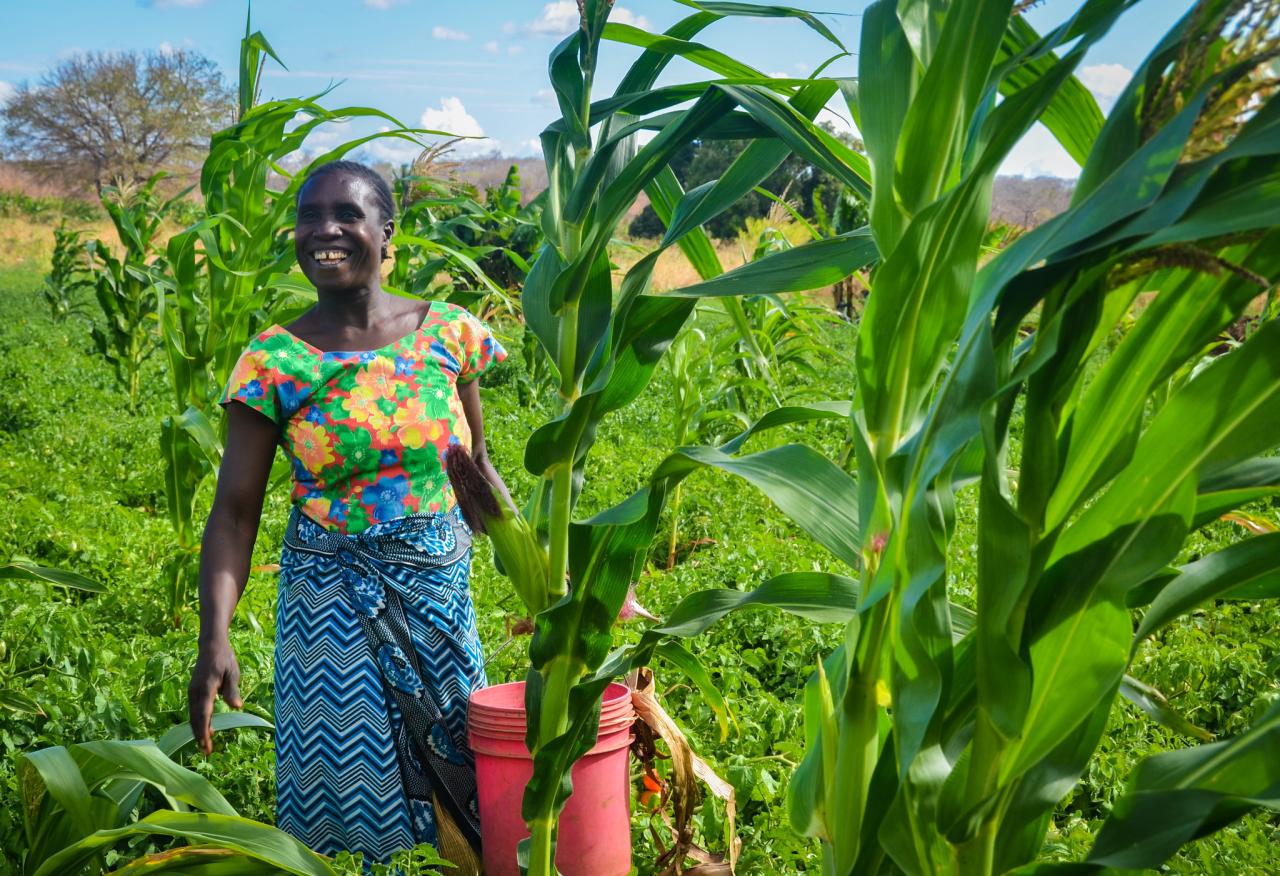
USAID Advancing Nutrition collaborated with the Tanzania Food and Nutrition Centre (TFNC) on research related to dietary intake and nutrition to understand dietary patterns among women to inform policy and programs to improve nutrition. We carried out a food intake survey in Mbeya region to study the adequacy of nutrient intake among non-pregnant, non-lactating (NPNL) women of reproductive aged 15–49 years to inform the Improving Maternal and Adolescents Nutrition project, supported by UNICEF.
We supported TFNC with study design, data collection, and analysis. TFNC collected quantitative dietary data using multiple-pass 24-hour open recall from a representative sample of 500 NPNL in the Mbeya region in July 2022. The study team created region-specific food lists and portion size estimation tools. Data were linked to the Tanzanian Food Composition Table (FCT) and the Uganda FCT (in the event of missing values) to calculate each food's nutrient content. Together, we analyzed the intake of protein and energy, of oil, wheat flour, sugar (from soft drinks and other industrial beverages versus direct immediate use or through other homemade foods) and of 12 vitamins and minerals1 included in the United Nations International Multiple Micronutrient Antenatal Preparation formulations for supplementation for pregnant women.
We used the 2020 National Cancer Institute method and publicly available SAS macros to estimate the usual nutrient intake and calculated the prevalence of inadequate intake in the study population. We also conducted a simulation of intake with fortified foods.
We found all women consumed and oil and sugar in the forms of foods made at home, and the median intake was 36.51 and 51.5 grams/day, respectively, with no difference among women residing in urban and rural settings. Approximately one in four women consumed wheat flour and related products, with a median intake of 110.53 g, and women residing in urban areas showed significantly higher median intake of wheat flour at 142.23 g (p<0.001), which is 1.6 times that of rural areas.
The weighted prevalence of inadequate intake was 80, 89.9, 82.2, and 91.2 percent for vitamins B12 and E, iron, and zinc respectively; half to one third for most other B-complex vitamins, vitamin C, and caloric intake; and zero for protein and copper.
Our simulation showed that consuming fortified foods (oil and wheat flour) would significantly reduce the prevalence of inadequate intake of vitamins A and B12 and zinc. fortified wheat flour would have a limited impact on the nutrient gaps observed due to its limited reach among NPNL women of reproductive age in Mbeya. We anticipate that the result of this study will inform micronutrient strategies and in particular large-scale fortification programs.
1vitamin A, vitamin E, niacin, folic acid, vitamin B1 (thiamine), vitamin B2 (riboflavin), vitamin B6 (pyridoxine), vitamin B12 (cobalamin), vitamin C, zinc, iron, and copper)